The ceramic tile industry, as one of the significant sectors of the construction industry, has experienced remarkable developments globally and in Iran over the past decade. This industry has gained attention not only as a construction material but also as a decorative and artistic product. This article examines the trends in the global and Iranian ceramic tile markets over the last ten years.
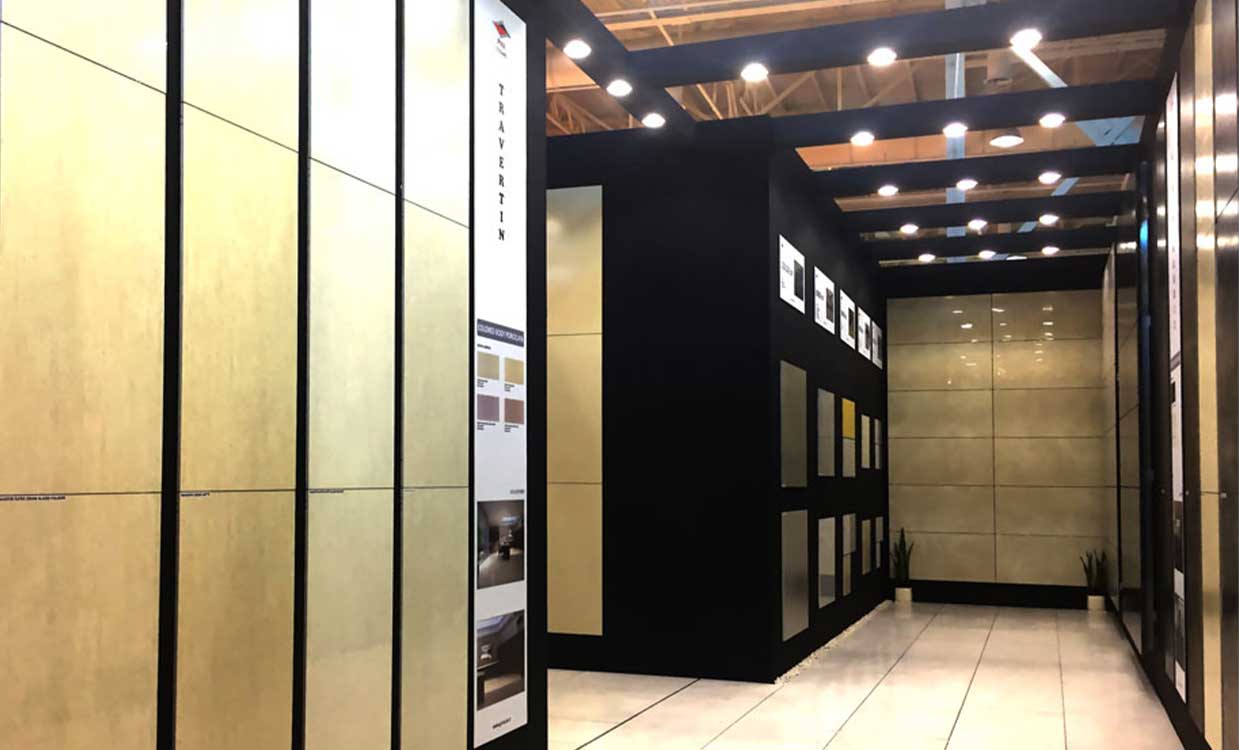
Trends in the Global Ceramic Tile Industry
۱. Growth in Global Production and Consumption:
– Over the past decade, the production and consumption of ceramic tiles have seen significant growth worldwide. Countries such as China, India, Brazil, and Spain are recognized as the largest producers and consumers of these products.
– Increased demand for high-quality building materials with aesthetic appeal, especially in developing countries, has driven global market growth.
۲. Technological Advancements:
– Technological advancements in ceramic tile production, including the use of digital printing for diverse and intricate designs, have enhanced product variety and quality.
– Innovations such as large-format and thin porcelain tiles have been significant developments in the industry over the past decade.
۳. Economic and Political Impacts:
– Global economic fluctuations, including financial crises and the COVID-19 pandemic, have affected the global ceramic tile market. However, the industry has managed to adapt and continue its growth.
– Rising trade tariffs and export restrictions in some countries have also posed challenges for ceramic tile exports.
Trends in the Iranian Ceramic Tile Market
۱. Iran’s Production Capacity:
– Iran is recognized as one of the major ceramic tile producers in the Middle East. Over the past decade, increased investment in production and modernization of production lines have significantly boosted the industry in Iran.
– Provinces such as Yazd, Isfahan, and Tehran are considered the main hubs of ceramic tile production in Iran.
۲. Iran’s Ceramic Tile Exports:
– Iran’s ceramic tile exports have seen fluctuations over the past decade. International sanctions and trade restrictions have created significant challenges for exporting these products.
– However, Iran has successfully developed regional markets, particularly in neighboring countries such as Iraq, Afghanistan, and the Gulf states. The appropriate quality and competitive pricing of Iranian products have been key factors in this success.
۳. Domestic Challenges:
– Fluctuations in exchange rates, rising production costs, and difficulties in sourcing raw materials have been some of the internal challenges faced by Iran’s ceramic tile industry over the past decade.
– Additionally, competition with imported and smuggled ceramic tiles has put further pressure on domestic producers.
Exports and Imports of the Global Ceramic Tile Industry
The ceramic tile industry is one of the most important and dynamic sectors of the global construction industry. This industry not only plays a significant role in the domestic production and consumption of countries but is also a key commodity in international markets. In this section, we will explore the exports and imports of the global ceramic tile industry in more detail.
Global Ceramic Tile Exports
۱. Major Exporting Countries
– China China is recognized as the largest producer and exporter of ceramic tiles in the world. With mass production and competitive pricing, it holds a significant share of the global market.
– Spain Spain is one of the leading countries in producing high-quality ceramic tiles and exports its products worldwide. Famous Spanish brands such as Porcelanosa and Roca are well-known in global markets.
– Italy Italy is also a major exporter of ceramic tiles, known for its luxurious designs and high-quality products. Italian brands like Marazzi and Florim are highly popular in global markets.
– India With the rapid growth of its ceramic tile industry, India has become one of the significant exporters of these products globally. Due to low production costs, India offers competitively priced products to global markets.
۲. Major Export Destinations
– North America The United States and Canada are key destinations for ceramic tile exports. There is high demand for quality products and diverse designs in this region.
– Europe European countries such as Germany, France, and the United Kingdom are also important markets for ceramic tile exports.
– Middle East and Africa Countries in the Middle East and Africa, due to rapid construction growth, have a high demand for ceramic tiles. Countries like Iraq, the United Arab Emirates, and Saudi Arabia are major export destinations.
Global Ceramic Tile Imports
۱. Major Importing Countries
– United States The U.S. is one of the largest importers of ceramic tiles globally, sourcing products from countries like China, Spain, and Italy.
– Germany Germany, with its high demand for quality and modern designs, is a major importer of ceramic tiles.
– France France, due to the growth of its construction industry and demand for high-quality building materials, is also a significant importer of ceramic tiles.
۲. Factors Influencing Imports
– Quality and Design Importing countries typically seek products with high quality and diverse designs. Well-known global brands often dominate the import market.
– Price Competitive pricing is a key factor in selecting imported products. Countries like China and India, with low production costs, offer competitively priced products to global markets.
– Sanctions and Trade Restrictions Sanctions and trade restrictions can impact import and export patterns. For example, international sanctions against Iran have created challenges for its ceramic tile exports.
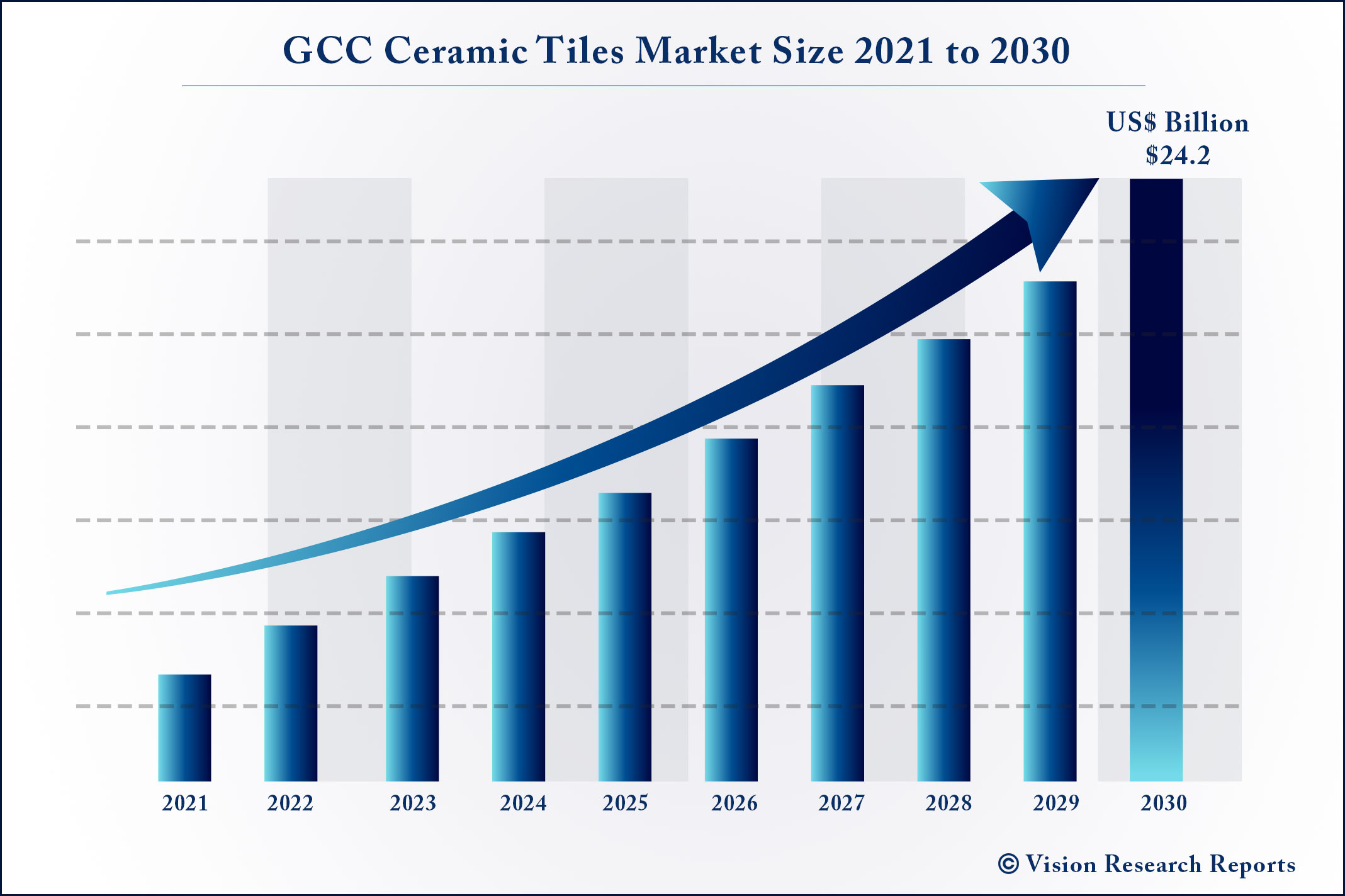
Challenges and Opportunities
۱. Challenges
– Economic Fluctuations Global economic fluctuations can affect the demand for ceramic tiles. Financial crises and pandemics like COVID-19 are among the factors influencing these fluctuations.
– Intense Competition Fierce competition among global producers and the presence of well-known brands pose challenges for smaller manufacturers.
۲. Opportunities
– Developing New Markets Developing countries in Asia, Africa, and Latin America offer new opportunities for ceramic tile exports.
– Technological Advancements The use of new technologies in the production and design of ceramic tiles can enhance product quality and diversity, creating new export opportunities.
Conclusion
The ceramic tile industry, as a vital sector of the construction industry, has experienced significant growth globally. Countries like China, Spain, Italy, and India are recognized as major producers and exporters, while countries such as the United States, Germany, and France are key importers. Despite challenges like economic fluctuations and intense competition, there are numerous opportunities for developing new markets and leveraging advanced technologies in this industry.
The ceramic tile industry has undergone extensive transformations globally and in Iran over the past decade. Globally, technological advancements and increased demand for high-quality products have driven industry growth. In Iran, despite economic challenges and sanctions, the industry has continued to grow by leveraging domestic capacities and developing regional markets. However, supportive policies, product quality improvements, and the development of new export markets are increasingly necessary to sustain and expand this industry.
This article highlights that, despite challenges, the ceramic tile industry remains a vital and dynamic sector of the construction industry both globally and in Iran.
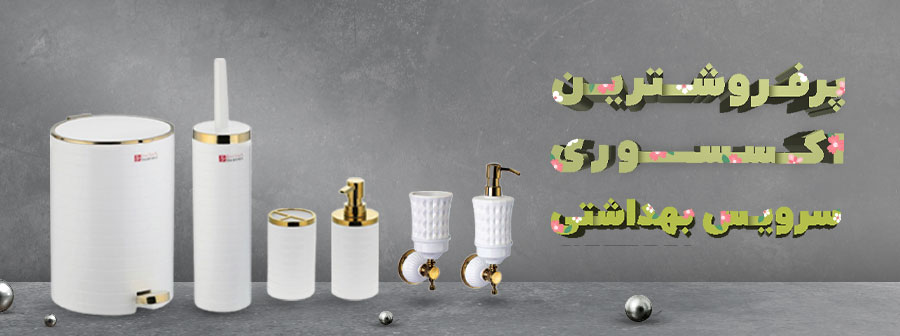
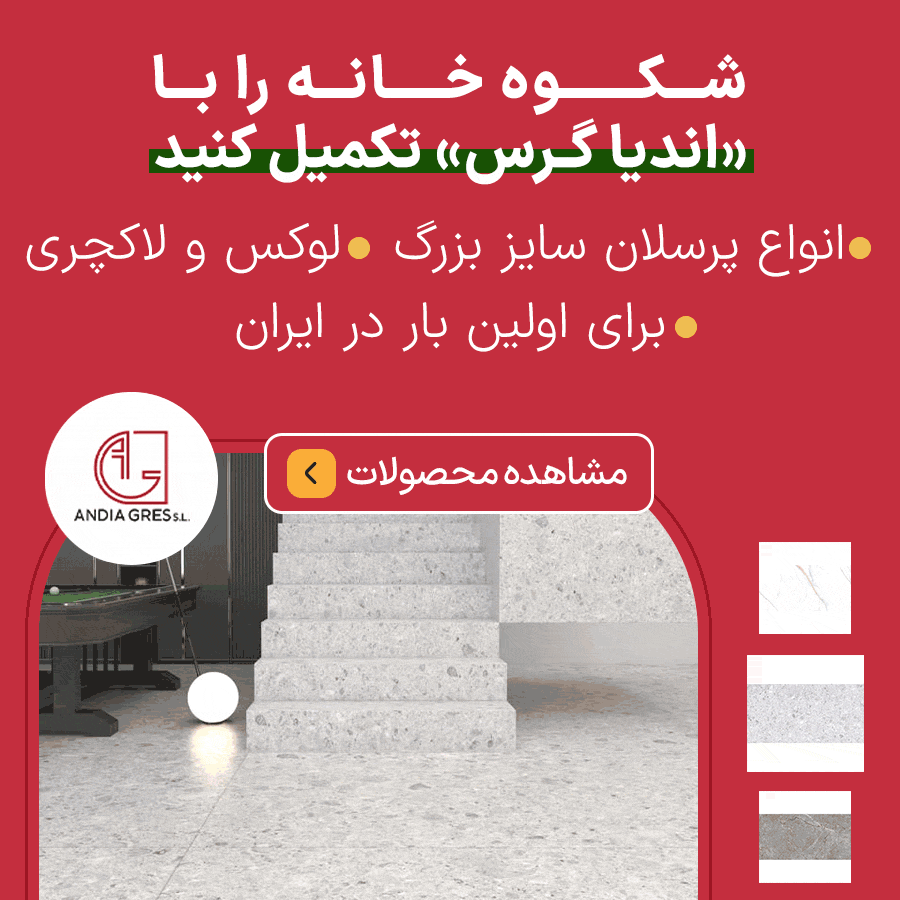
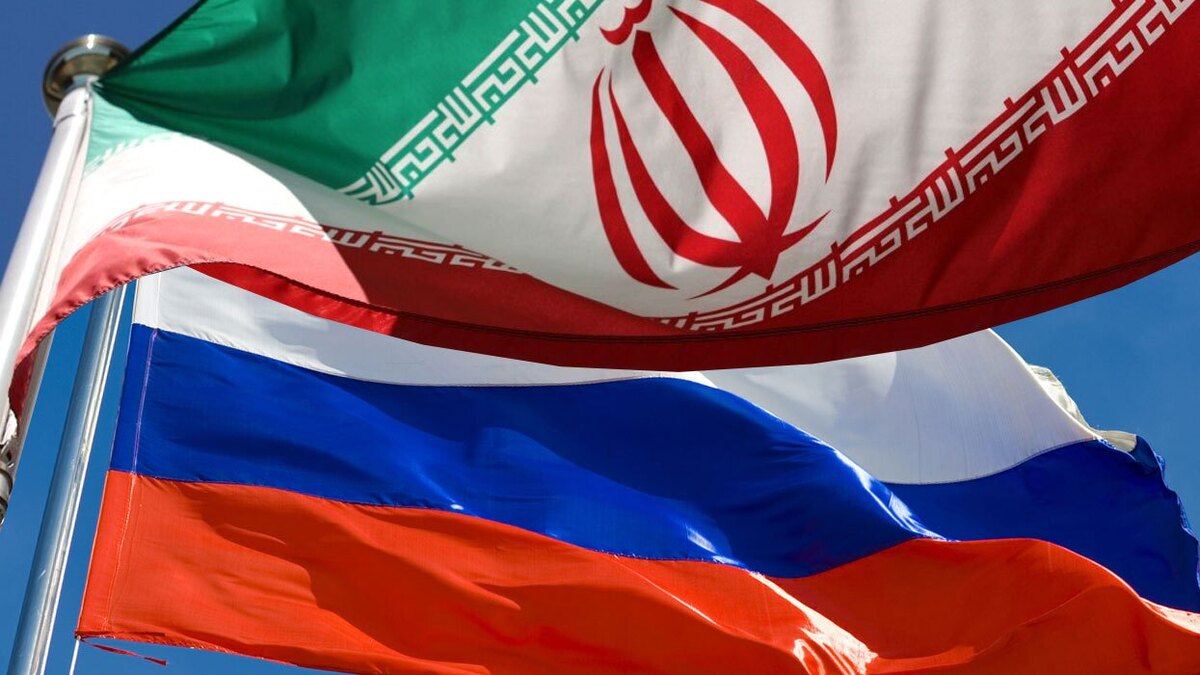
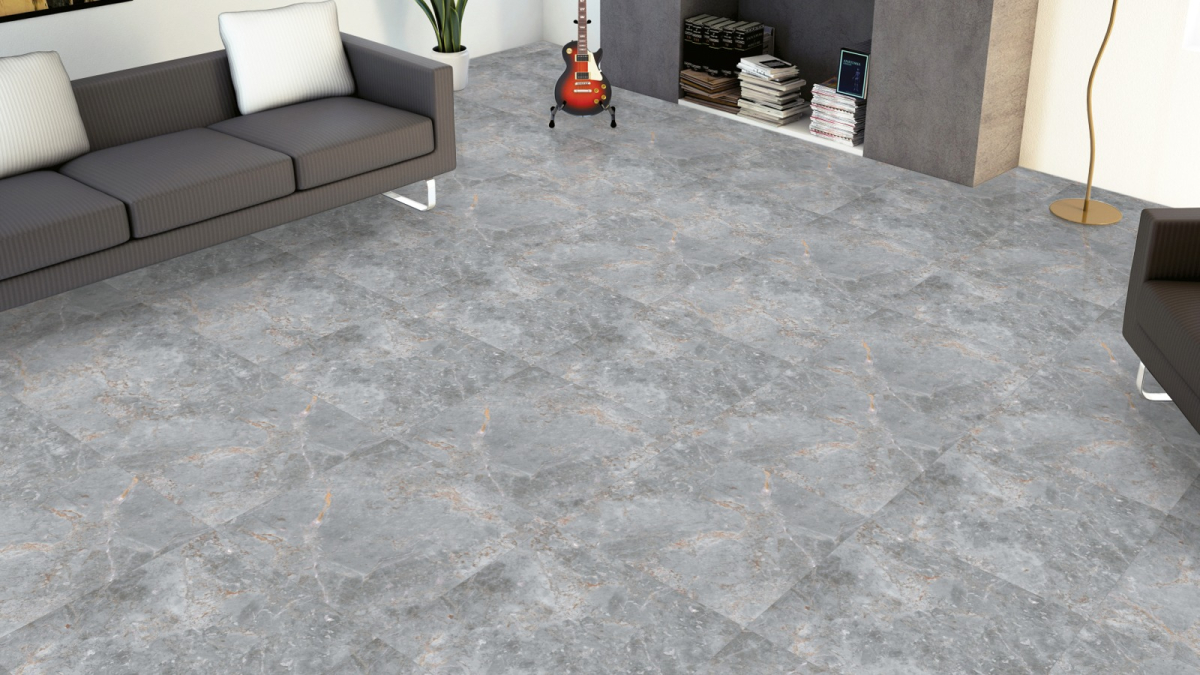
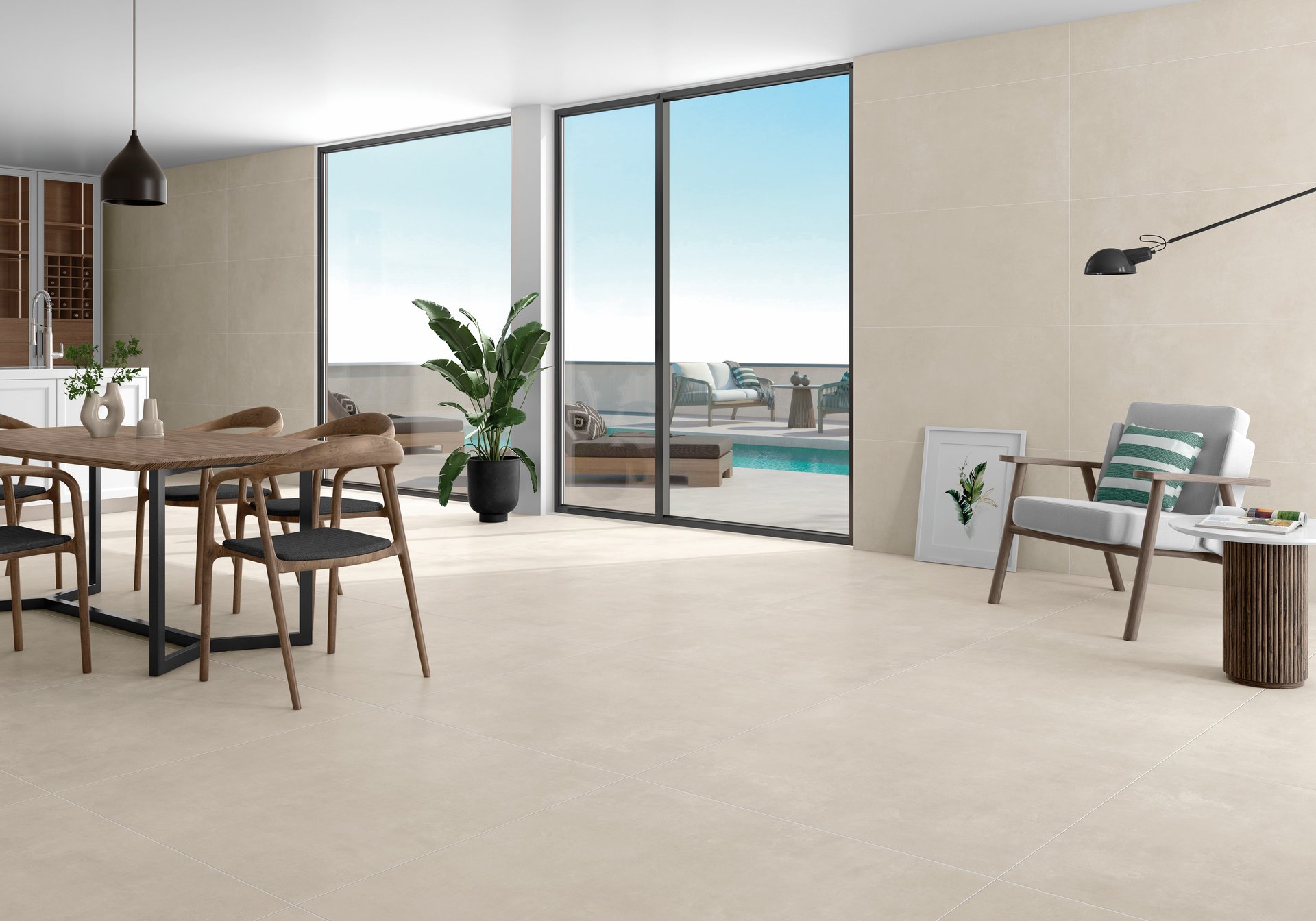
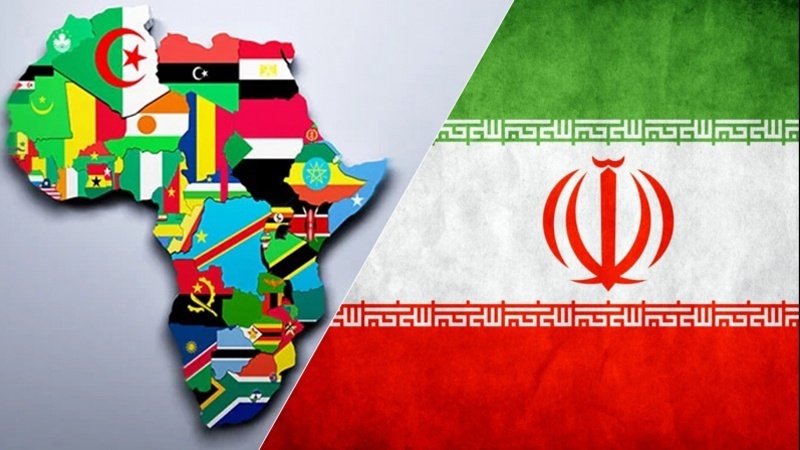




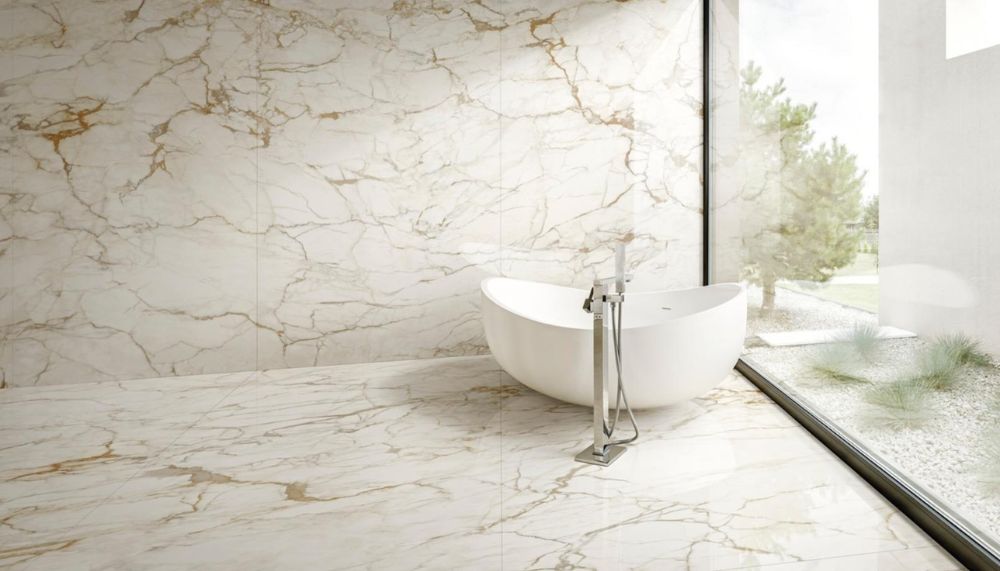


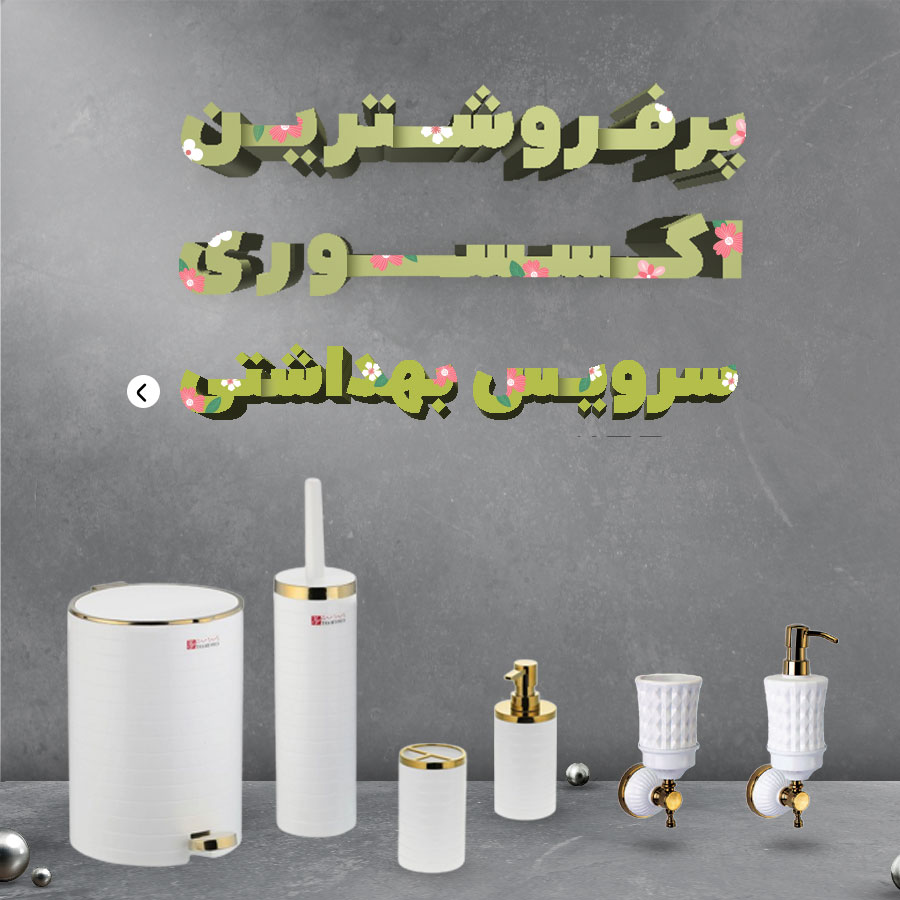

نظرات ۰